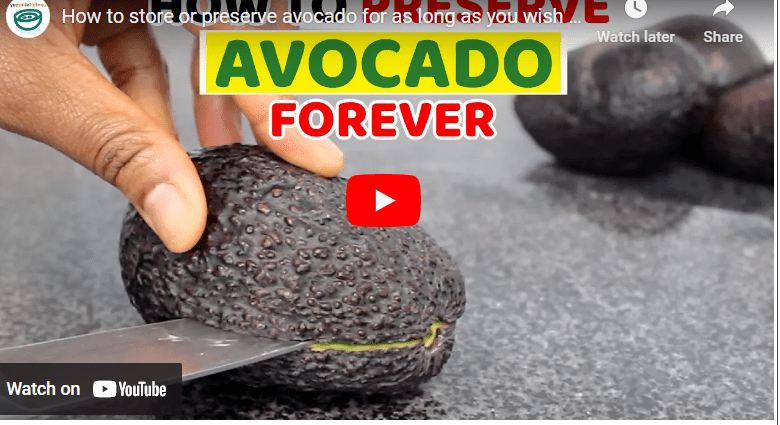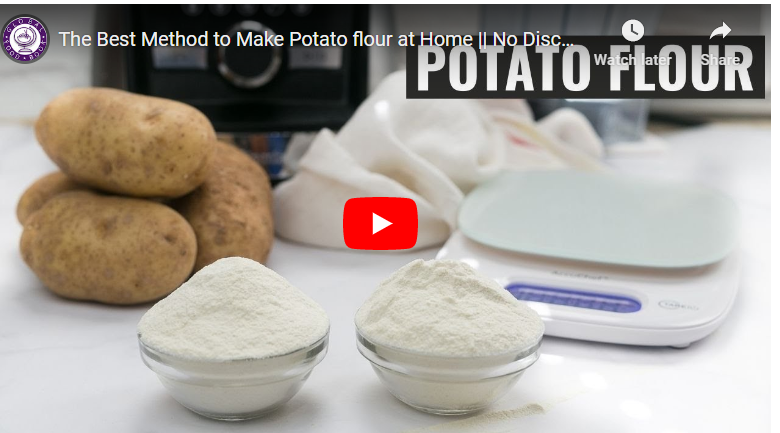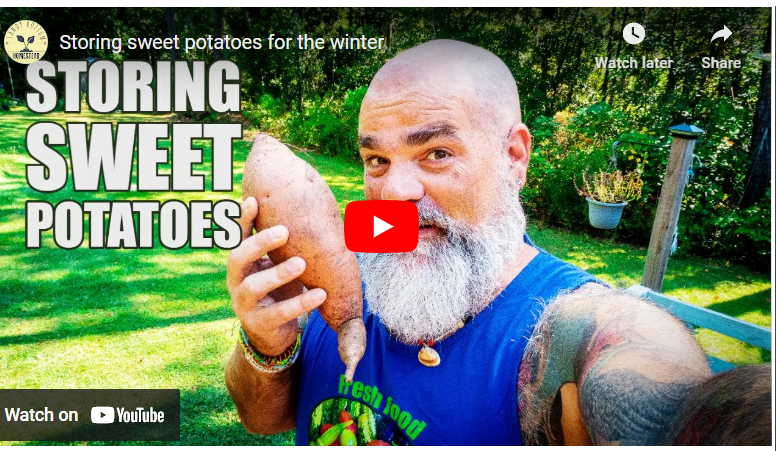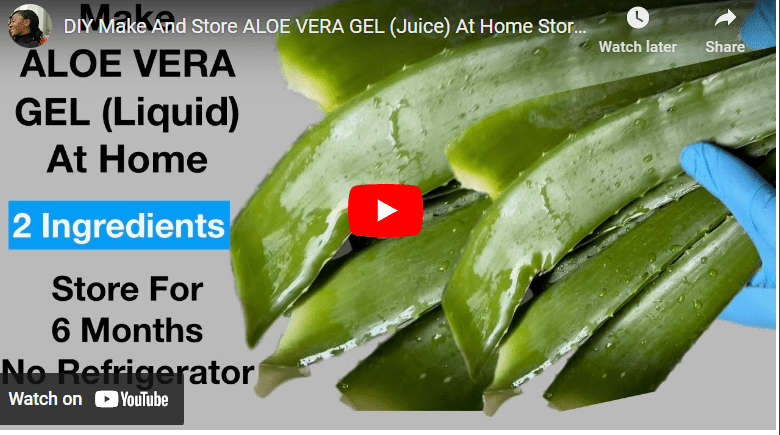If you are interested in snail farming in South Africa, you should know that formulating the right feed is crucial to the success of your venture. Snails require a balanced diet that provides all the necessary nutrients for growth, reproduction, and overall health.
Fortunately, there are various options for formulating feed for your snails, including using locally available feedstuffs or purchasing commercial feed. With proper research and understanding of the nutritional requirements of snails, you can formulate a cost-effective and nutritious feed that will support the growth and productivity of your snail farm.
In this guide, we will provide you with essential tips and information to help you formulate the best feed for your snails in South Africa.
How To Formulate Feed For Snail South Africa Step By Step Guide
Snails are popular in South Africa, but they require specific diets to thrive. Formulating the right feed for snails in South Africa can be a challenge, but with the right knowledge and resources, it can be done successfully.
We have compiled the necessary steps for creating a balanced and nutritious diet for your snail.
Read Also: [Beginners Guide] How To Formulate Feed For Snail In the US
Step 1. Determine The Nutrient Needs Of The Snails.
This can be done by researching what their natural diet consists of and the nutritional requirements of the species.
Step 2. Required Equipment
Before you begin formulating feed for your snails, you will need to gather the necessary equipment. This will include measuring tools, mixing bowls or mixer, storage containers, and feeding trough or dish.
Measuring tools such as scales and measuring cups will allow you to accurately measure the ingredients and ensure that the feed is properly balanced.
Read Also: [Beginners Guide] How To Formulate Feed For Snail In Ghana
Mixing bowls or a mixer will enable you to thoroughly mix the ingredients and create a uniform feed
Storage containers will be needed to store the feed and keep it fresh and dry. You can use plastic containers or bins with tight-fitting lids to keep out moisture and pests.
A feeding trough or dish will be needed to provide the feed to your snails.
Make sure that all equipment is clean and sanitized before use to prevent contamination of the feed.
Read Also: [Beginners Guide] How To Formulate Feed For Snail In Nigeria
Step 3. Source The Necessary Ingredients
Once you have determined the nutrient needs of your snails, you can begin selecting feed ingredients.
Here are some common ingredients used in snail feed in South Africa:
- Maize: Maize is a common source of energy in snail feed and can be ground into a fine powder for easier digestion.
- Soybean meal: Soybean meal is a good source of protein and can be used to supplement maize in snail feed.
- Fish meal: Fish meal is another source of protein that can be used in snail feed. Make use of high-quality, contaminant-free ingredients.
- Groundnut cake: Groundnut cake is a byproduct of peanut oil extraction and can be used as a protein source in snail feed.
- Cassava: Cassava is a root vegetable that is high in carbohydrates and can be used as an energy source in snail feed.
- Vegetables: Leafy vegetables such as cabbage, kale, and pumpkin leaves can be used to provide vitamins and minerals to snails.
- Calcium sources: Snails require calcium for shell formation, and calcium sources such as limestone or eggshells can be added to the feed.
- Salt: Salt is an essential mineral that snails require in small amounts for proper bodily functions.
It is important to determine the appropriate proportions of each ingredient to ensure that the feed is balanced and meets the nutritional needs of your snails.
Read Also: [Beginners Guide] How To Formulate Poultry Feed In Kenya
This can be done by consulting with a veterinarian or animal nutritionist, or by using online resources and feed formulation software.
Step 4. Grind The Ingredients Into A Fine Powder Or Mash
Once you have gathered all the necessary ingredients, the next step in formulating feed for your snails is to grind the ingredients into a fine powder or mash.
This is an important step because it helps to break down the ingredients into smaller particles that are easier for the snails to digest.
Snails have a delicate digestive system, and feeding them food that is too coarse or hard can result in poor digestion and low growth rates.
You can use a feed grinder to grind the ingredients into a fine powder or mash. Make sure to adjust the settings of the grinder to achieve the desired consistency for your feed.
A finer consistency is generally better for snail feed, as it allows for better digestion and absorption of nutrients.
Step 5. Add Any Vitamins Or Minerals That May Be Needed To Ensure Proper Nutrition
After grinding the ingredients, you can add any vitamins or minerals that may be needed to ensure proper nutrition.
This may include things such as calcium, magnesium, and other trace minerals that are essential for snail growth and shell formation.
Calcium is particularly important, as snails require it for the formation and maintenance of their shells.
Read Also: [Beginners Guide] How To Formulate Feed For Snail
You can add calcium sources such as limestone or crushed eggshells to the feed to ensure that your snails are getting enough of this essential mineral.
Step 6. Mix The Ingredients Together To Form A Paste Or Dough
Once you have ground and added all the necessary ingredients, the next step is to mix them together to form a paste or dough.
This helps to ensure that all of the ingredients are evenly distributed throughout the feed, and that each snail is getting a balanced and nutritious diet.
You can use a mixing bowl or a mixer to mix the ingredients together. Make sure to mix the ingredients thoroughly to ensure that there are no clumps or pockets of unmixed ingredients.
Adding water may be necessary to achieve the desired consistency, but be careful not to add too much water as this can make the feed too wet and difficult for the snails to eat.
Step 7. Allow The Feed To Cool
Allow the feed to cool before feeding it to your snails. This will prevent the feed from being burned or over-heated, which can be harmful to the snails.
You can spread the feed out on a flat surface or in a shallow dish to help it cool down more quickly.
Once the feed has cooled, you can place it in a feeding trough or dish for your snails to eat. Make sure to remove any uneaten feed from the trough or dish to prevent spoilage and contamination.
It is also important to clean and sanitize the feeding trough or dish regularly to prevent the spread of disease and infection among your snails.
Step 8. Store
After formulating and feeding your snails, the next step is to properly store any leftover feed. This is important to ensure that the feed remains fresh and free from contamination until it is ready to be used again.
You can store the feed in airtight containers or bags to prevent moisture, pests, and other contaminants from getting in.
It is important to label the containers or bags with the date of formulation and the type of feed, so that you can keep track of when it was made and how long it has been stored.
Benefits of Formulating Snail Feed in South Africa
Formulating snail feed in South Africa can offer a number of benefits for snail farmers.
By formulating your own feed, you can ensure that your snails receive a high-quality and balanced diet that meets their nutritional requirements.
This can help to promote their growth and health, and ultimately increase your profits.
Also, formulating your own feed allows you to control the ingredients and quality of the feed, which can help to reduce the risk of contamination and disease.
Cost of Formulating Snail Feed in South Africa
The cost of formulating snail feed in South Africa will depend on a number of factors, including the cost of ingredients, labor, and equipment.
While formulating your own feed may require an initial investment in equipment and ingredients, it can ultimately be more cost-effective than purchasing pre-made feed.
By sourcing ingredients locally and in bulk, you can potentially reduce your costs and increase your profits.
Projected Profit of Snail Feed in South Africa
The projected profit of snail feed in South Africa will depend on a number of factors, including the cost of ingredients, labor, and market demand.
However, by formulating your own feed, you can potentially increase your profits by reducing the cost of feed and ensuring a high-quality product that can be sold at a premium price.
Snail farming can be a profitable venture in South Africa, and formulating your own feed can help to increase your profits even further.
How much is Snail Feed in the South Africa Sold
The price of snail feed in South Africa will vary depending on the brand and quality of the feed, as well as the supplier.
However, by formulating your own feed, you can potentially reduce the cost of feed and sell it at a premium price to other snail farmers or suppliers.
Best practices of Formulating Snail Feed in South Africa
When formulating snail feed in South Africa, it is important to follow best practices to ensure a high-quality and nutritious product.
This includes researching the nutritional requirements of the snail species, sourcing high-quality ingredients, grinding ingredients into a fine powder or mash, adding necessary vitamins and minerals, mixing ingredients evenly to form a paste or dough, and properly storing the feed to prevent contamination and spoilage.
Challenges Of Formulating Snail Feed in South Africa
Formulating snail feed in South Africa can present a number of challenges, including sourcing high-quality ingredients, ensuring proper nutrition for the snails, preventing contamination and spoilage, and finding a market for the product.
However, by following best practices and staying informed about industry trends and advancements, these challenges can be overcome.
Where To Sell Snail Feed in South Africa
Snail feed can be sold to other snail farmers or suppliers, as well as to feed stores or pet stores.
More so, you can sell your feed online through e-commerce platforms or social media.
Building relationships with local snail farmers and suppliers can help to establish a reliable customer base.
Disadvantage Of Formulating Snail Feed
Formulating snail feed can require an initial investment in equipment and ingredients, as well as time and labor.
Furthermore, it can be challenging to source high-quality ingredients and ensure proper nutrition for the snails.
However, these challenges can be overcome with proper planning, research, and dedication.
Measures when Formulating Snail Feed
When formulating snail feed, it is important to take measures to ensure a high-quality and nutritious product.
This includes sourcing high-quality ingredients, properly storing the feed to prevent contamination and spoilage, and regularly checking the feed for signs of spoilage or degradation.
More so, it is important to follow best practices and stay informed about industry trends and advancements to ensure the continued success of your snail farming business.
Snail Feed Formulation PDF
A snail feed formulation PDF is a guide that provides information on how to formulate feed for snails.
It includes the necessary ingredients, their quantities, and the procedure to follow to ensure the feed is balanced and nutritious for the snails.
This guide is helpful for snail farmers who want to formulate their own feed rather than relying on commercial feeds, which may be expensive or unavailable.
Snail Fattening Feed
Snail fattening feed is a type of feed that is formulated to promote the growth and weight gain of snails. It is typically high in protein and other nutrients that are essential for snail growth.
Snail farmers may use fattening feed to increase the size and weight of their snails before selling them for meat or to improve the overall quality of their snail stock.
How to Feed a Snail in an Aquarium
Feeding snails in an aquarium requires providing them with a balanced diet that is rich in nutrients.
Snails can be fed a variety of foods, including vegetables, fruits, and commercial snail feed. It is important to avoid overfeeding the snails, as this can lead to waste buildup and water quality issues.
In addition, uneaten food should be removed promptly to prevent it from rotting and harming the snails.
Can Snails Eat Chicken Feed?
Snails can eat chicken feed, but it is not recommended as their primary source of food. Chicken feed is typically formulated for poultry and may not provide the necessary nutrients for snails.
Also, some chicken feed may contain medications or additives that are not suitable for snails. It is best to provide snails with a balanced diet that includes vegetables, fruits, and commercial snail feed.
How to Make Calcium for Snails
Snails require calcium for healthy shell growth and development. One way to provide calcium for snails is by making calcium powder using eggshells.
To make calcium powder, wash and dry eggshells, then grind them into a fine powder using a mortar and pestle or blender.
The powder can be added to the snail’s food or mixed with water and sprayed onto the snail’s habitat.
How to Make Snail Shell Powder
Snail shell powder is made by grinding snail shells into a fine powder. The powder can be used as a calcium supplement for snails or as a soil amendment for plants.
To make snail shell powder, wash and dry snail shells, then grind them into a fine powder using a mortar and pestle or blender.
The powder should be sterilized before use to prevent the spread of disease.
What Do Snails Eat and Drink?
Snails are herbivores and typically feed on a variety of plant materials, including leaves, fruits, and vegetables. They require a balanced diet that is rich in nutrients, including calcium and protein, for healthy growth and development.
Snails also require access to clean, fresh water for drinking and shell development. It is important to provide snails with a balanced diet and clean water to ensure their health and wellbeing.
Conclusion
The right formulation of feed for snails in South Africa is key to their health and wellbeing. With the right combination of vitamins, minerals, and proteins, snails can thrive and grow in South Africa. Providing a nutritionally complete diet is essential for the growth and productivity of snails, ultimately leading to a successful snail farming venture.



